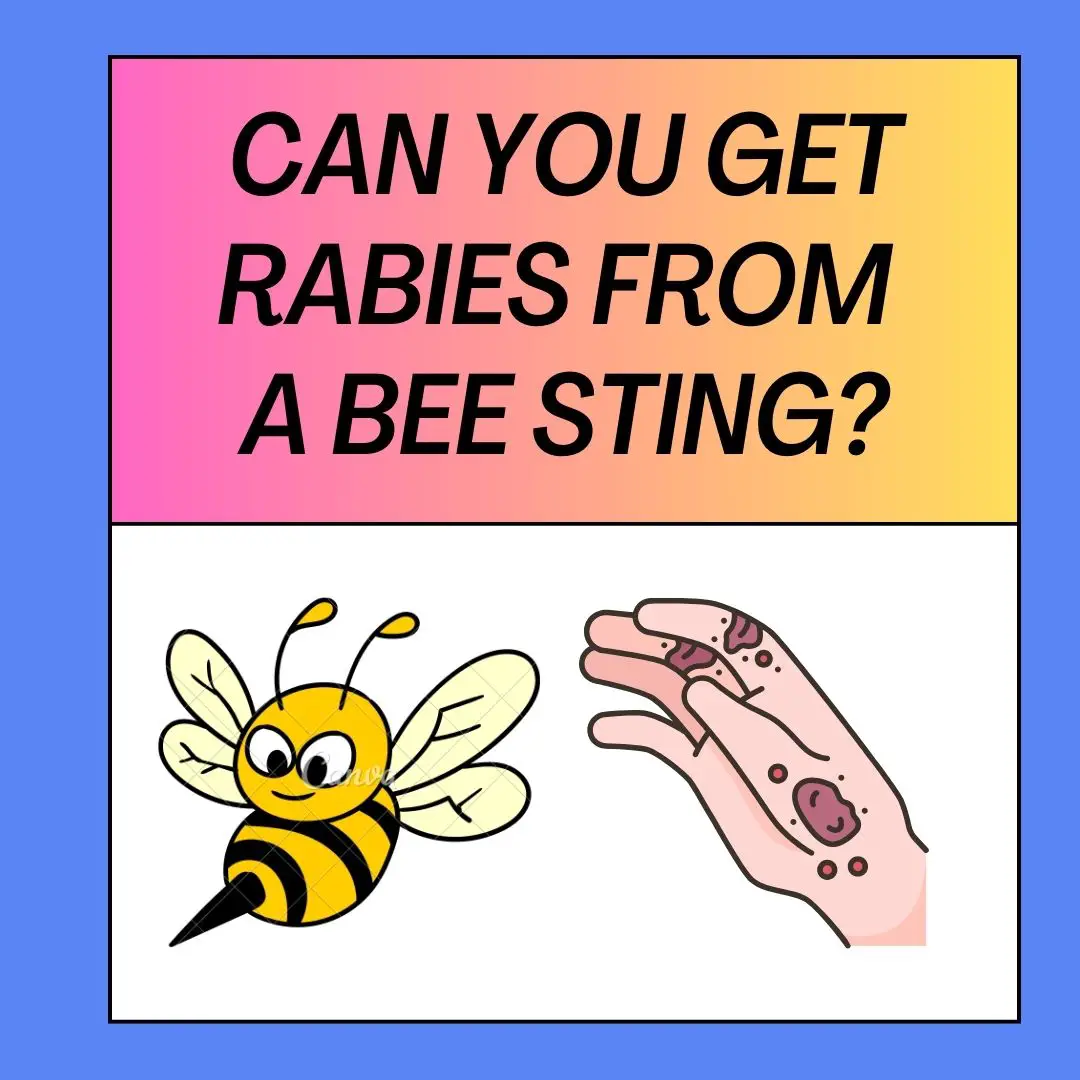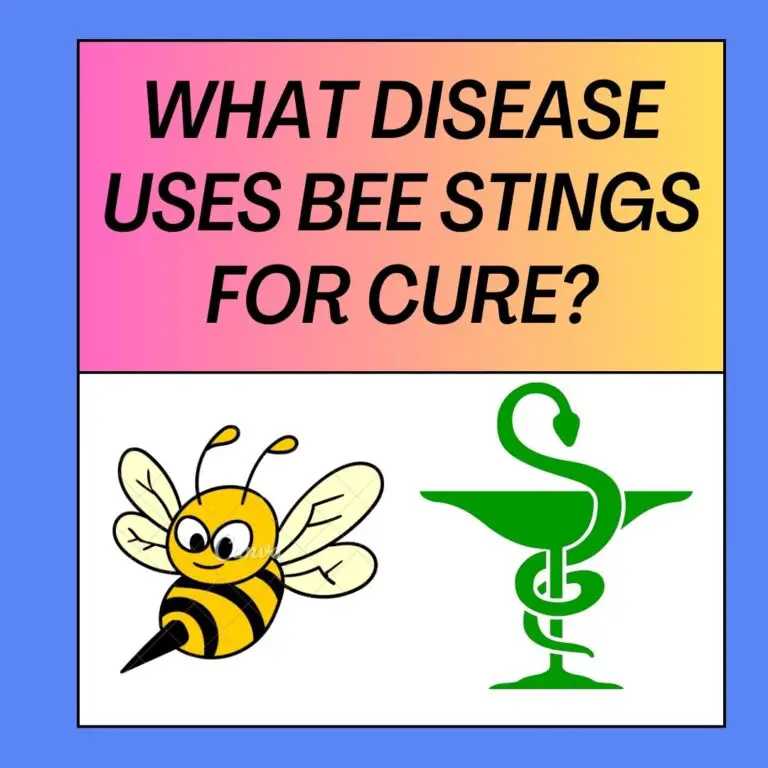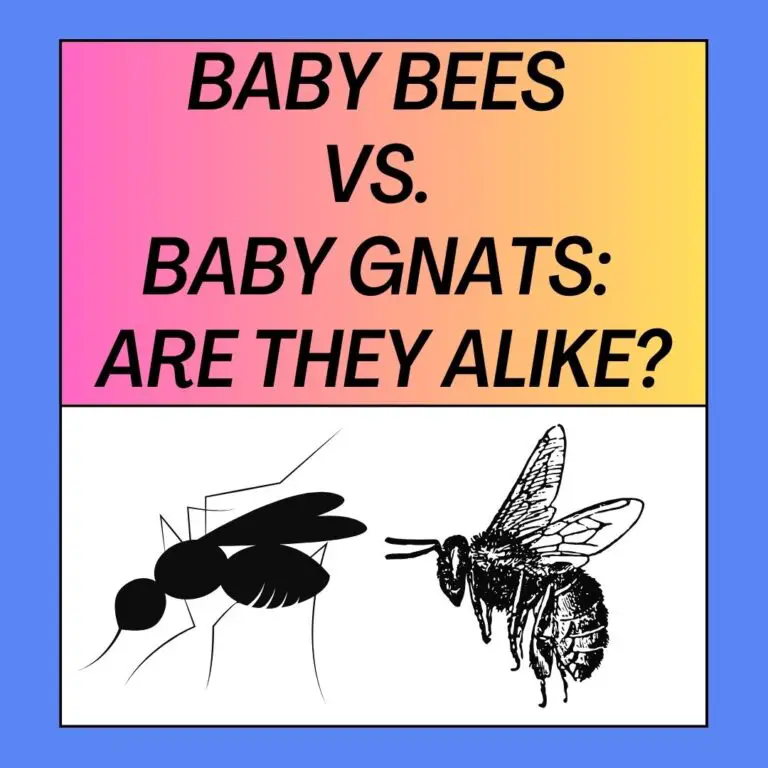
No, you cannot get rabies from a bee sting. Rabies is a viral disease that is typically transmitted through the saliva of infected mammals, usually through bites or scratches. Bees are not mammals; they are insects. Rabies is primarily carried by mammals such as bats, raccoons, skunks, dogs, and cats. If you are bitten by a mammal that is infected with the rabies virus, there is a potential risk of contracting rabies. However, bee stings do not pose this risk.
Bee stings can cause localized pain, swelling, and discomfort due to the venom injected by the bee, but they do not transmit rabies or other viral diseases. If you are stung by a bee and experience severe allergic reactions or symptoms, seek medical attention promptly.
What Disease Does Bee Stings Cause?
- Local Reactions: Many people experience localized reactions to bee stings, which typically include:
- Pain and discomfort at the sting site.
- Redness and swelling around the sting area.
- Itching and mild to moderate discomfort that may persist for a few days.
- These reactions are common and usually not life-threatening.
- Allergic Reactions: Some individuals may be hypersensitive or allergic to bee venom, and their immune systems can overreact when stung. Allergic reactions can vary in severity and may include:
- Severe swelling and redness that extends beyond the sting site.
- Difficulty breathing or shortness of breath.
- Swelling of the face, lips, or throat.
- Hives or widespread rash.
- Nausea, vomiting, or diarrhea.
- Dizziness, fainting, or loss of consciousness.
In rare cases, severe allergic reactions to bee stings can lead to a life-threatening condition known as anaphylaxis. Anaphylaxis is a medical emergency that requires immediate treatment with epinephrine (adrenaline) and medical attention.
What Happens If A Bee Bites You?
- Immediate Pain: The bee’s sting is sharp, and you will feel immediate pain at the site of the sting. The pain is often described as sharp, burning, or stinging.
- Swelling and Redness: Within minutes, you may notice swelling and redness around the sting site. This is a natural reaction to the venom injected by the bee.
- Itching: As the body responds to the venom, you may experience itching at the sting site.
- Formation of a Raised Wheal: The area around the sting may become raised and develop a wheal or small bump. This is a common reaction to the bee’s venom.
- Possible Allergic Reaction: For some individuals, especially those who are allergic to bee venom, a bee sting can trigger an allergic reaction. Symptoms of an allergic reaction can include more severe swelling, hives, difficulty breathing, nausea, vomiting, dizziness, and, in rare cases, anaphylaxis.
- Stinger Removal: If a bee leaves its stinger in your skin, it’s essential to remove it promptly. You can do this by gently scraping it out with a flat-edged object, such as a credit card or the edge of a fingernail. Avoid using tweezers, as squeezing the stinger can release more venom into your skin.
- Localized Reaction: In most cases, bee stings cause localized reactions that are limited to the area around the sting site. These reactions can be painful and uncomfortable but are not typically life-threatening.
- Seeking Medical Attention: If you experience a severe allergic reaction to a bee sting, such as difficulty breathing, swelling of the face or throat, or signs of anaphylaxis, it is crucial to seek immediate medical attention. Anaphylaxis is a medical emergency that requires prompt treatment with epinephrine (adrenaline) and medical supervision.
What Is The Best Home Remedy For A Bee Sting?
- Remove the Stinger: If the bee’s stinger is still in the skin, it’s essential to remove it as soon as possible. Use a flat-edged object, such as a credit card or the edge of a fingernail, to gently scrape the stinger out. Avoid using tweezers, as squeezing the stinger can release more venom.
- Wash the Area: After removing the stinger, clean the affected area with mild soap and water to reduce the risk of infection.
- Apply a Cold Compress: Applying a cold compress or ice pack wrapped in a cloth to the sting site can help reduce swelling and provide relief from pain and itching. Apply for 10-20 minutes at a time.
- Topical Remedies:
- Baking Soda Paste: Mix a small amount of baking soda with water to create a paste, and apply it to the sting area. This can help neutralize the acidity of the bee venom.
- Toothpaste: Some people find relief by applying a small amount of toothpaste to the sting area, as it may have a cooling effect.
- Honey: Applying a small amount of honey to the sting can help soothe the skin and reduce inflammation.
- Over-the-Counter Pain Relievers: Non-prescription pain relievers like ibuprofen (Advil) or acetaminophen (Tylenol) can help reduce pain and discomfort associated with the sting. Follow the dosage instructions on the label.
- Calamine Lotion or Hydrocortisone Cream: Applying calamine lotion or hydrocortisone cream to the sting site can help relieve itching and reduce inflammation.
- Antihistamine: Over-the-counter oral antihistamines, such as diphenhydramine (Benadryl), can help reduce itching and swelling. Follow the recommended dosage instructions.
- Elevate the Area: If the bee sting is on a limb, elevating the limb can help reduce swelling.
- Stay Hydrated: Drinking plenty of water can help flush toxins from the body and promote healing.
It’s important to monitor the sting site for any signs of an allergic reaction, especially if you have a known bee venom allergy. If you experience severe symptoms such as difficulty breathing, swelling of the face or throat, or signs of anaphylaxis, seek immediate medical attention.
While these home remedies can provide relief for most individuals with mild to moderate reactions, individuals with severe allergies should carry an epinephrine auto-injector (such as an EpiPen) and seek immediate medical help if stung by a bee.
Summary
So, Can Bees Have Rabies? No, bees cannot have rabies. Rabies is a viral disease that affects mammals and is primarily transmitted through the saliva of infected mammals. Bees are not mammals; they are insects. Therefore, they cannot contract, carry, or transmit rabies. Rabies is most commonly associated with mammals such as bats, raccoons, skunks, dogs, and cats. It is essential to understand that bees and other insects have different biology and immune systems, making them immune to rabies and incapable of harboring the rabies virus.






